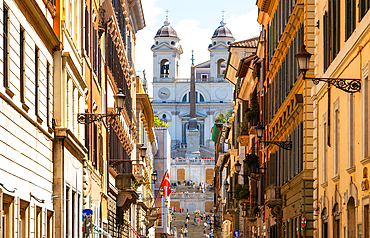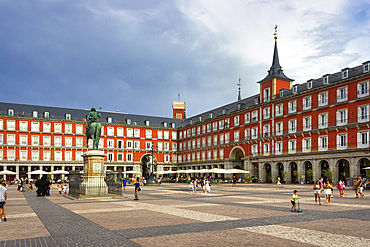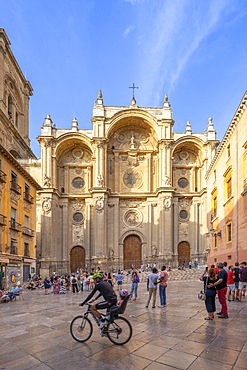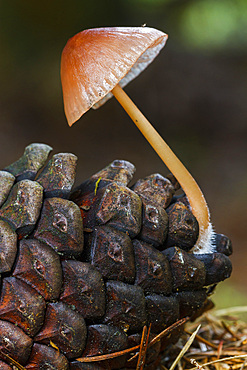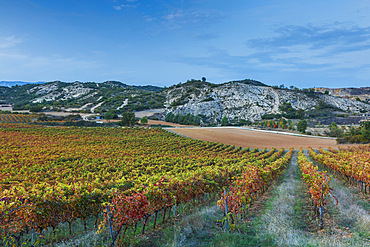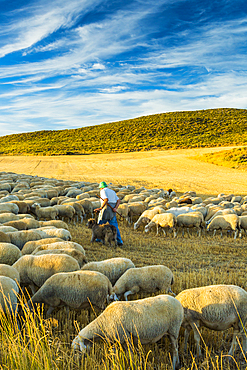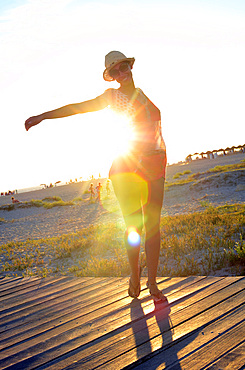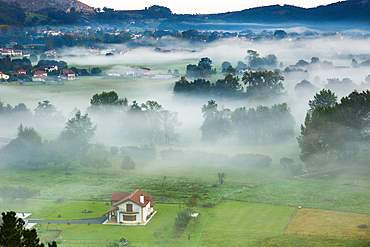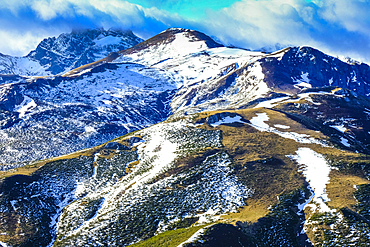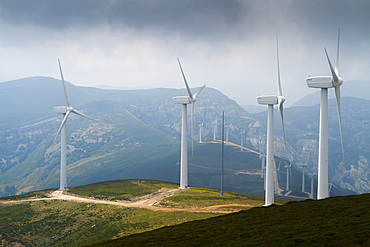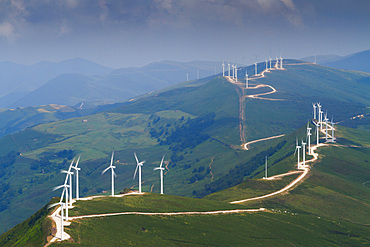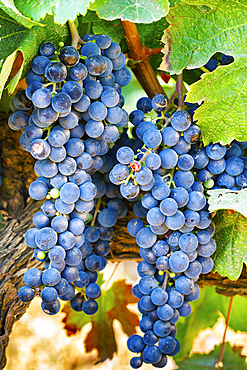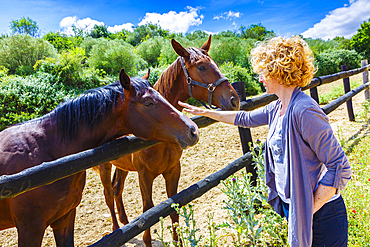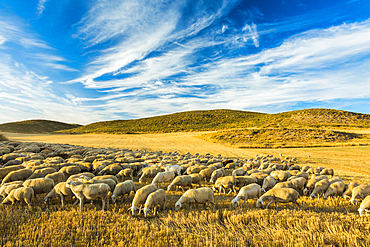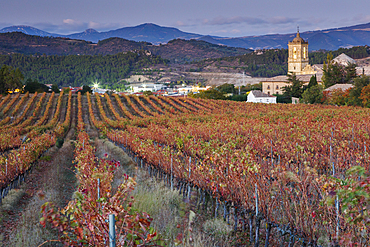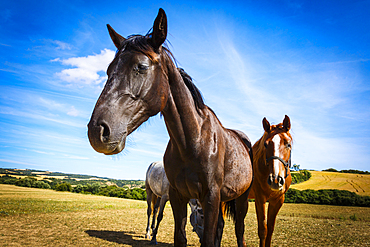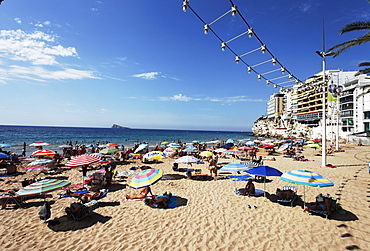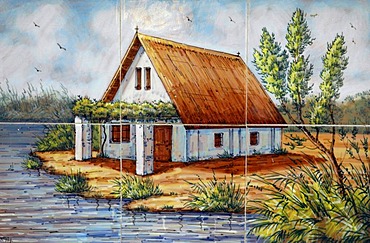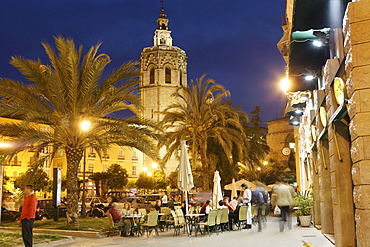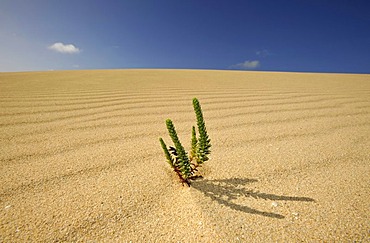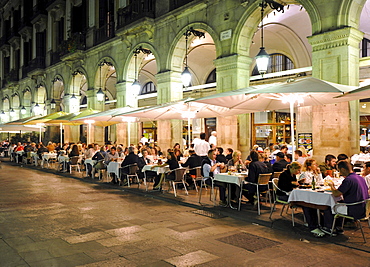Results
8 results found
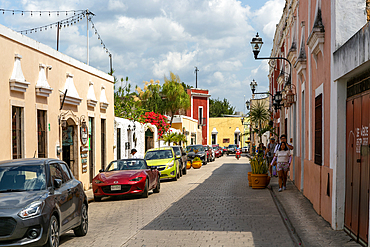
Renovated Spanish colonial buildings occupied by upmarket shops, Calle de los Frailes, Valladolid, Yucatan, Mexico, North America
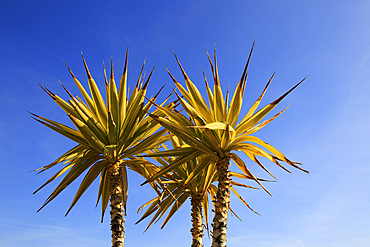
Yucca aloifolia (Spanish bayonet), garden plant against blue sky, Cabo de Gata natural park, Almeria, Andalusia, Spain, Europe
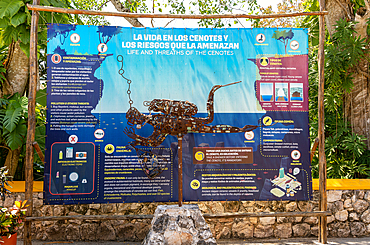
Environmental information poster about ecosystem of limestone cenotes, Yucatan, Mexico, North America
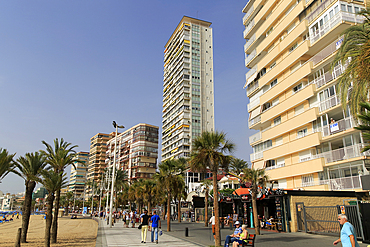
High rise apartment buildings and hotels seafront, Playa Levante beach, Benidorm, Alicante province, Spain, Europe
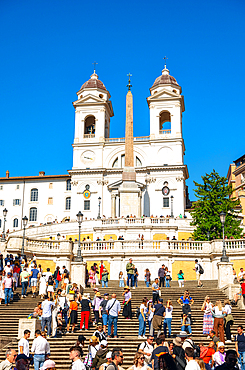
The Spanish Steps leading to the Trinita dei Monti church, as seen from Piazza di Spagna, Rome, Lazio, Italy

View of flower stall and cafe on tree lined La Rambla in Palma, Palma de Mallorca, Majorca, Balearic Islands, Spain, Mediterranean, Europe
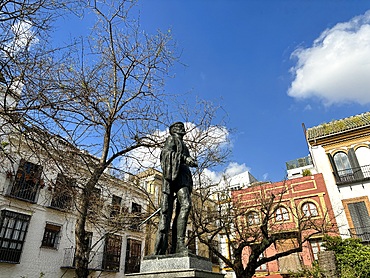
View of the Plaza de los Refinadores monument in Seville, featuring a life-size bronze sculpture of Don Juan Tenorio, a fictional character from Spanish literature. The sculpture depicts Don Juan adorned in typical 17th-century attire.

View of cafe and church in Placa Mayor in hilltop town of Campanet, Majorca, Balearic Islands, Spain, Mediterranean, Europe
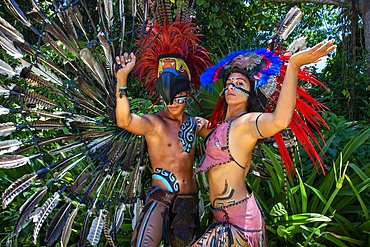
Mexican aztec dress gods at Grand Palladium White Sand Resort and Spa in Riviera Maya, Yucatan Peninsula, Quintana Roo, Caribbean Coast, Mexico.
Aztec clothing was generally loose fitting and did not completely cover the body. When the Spanish arrived in Mexico, the people were surprised to see them in their full armour, with only their faces exposed.
Aztec clothes were generally made of cotton (which was imported) or ayate fiber, made from the Maguey Cactus (also called the Century Plant or American Aloe). Women would weave the fibers into clothing, a task girls were taught as young teenagers. Because of their vast trading network, the Aztecs were able to make use of a beautiful array of dyes, creating the brilliant
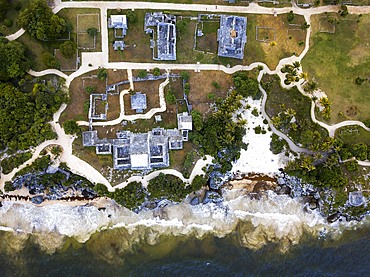
Aerial views of El Castillo and the Ruins of the Mayan temple grounds at Tulum, Quintana Roo, Yucatan, Mexico. Tulum is the site of a pre-Columbian Mayan walled city which served as a major port for Coba, in the Mexican state of Quintana Roo. The ruins are situated on 12 meter 39 ft tall cliffs along the east coast of the Yucatán Peninsula on the Caribbean Sea in the state of Quintana Roo, Mexico. Tulum was one of the last cities built and inhabited by the Maya; it was at its height between the 13th and 15th centuries and managed to survive about 70 years after the Spanish began occupying Mexico. Old World diseases brought by the Spanish settlers appear to have resulted in very high fatalities, disrupting the society, and eventually causing the city to be abandoned.

Aerial views of El Castillo and the Ruins of the Mayan temple grounds at Tulum, Quintana Roo, Yucatan, Mexico. Tulum is the site of a pre-Columbian Mayan walled city which served as a major port for Coba, in the Mexican state of Quintana Roo. The ruins are situated on 12 meter 39 ft tall cliffs along the east coast of the Yucatán Peninsula on the Caribbean Sea in the state of Quintana Roo, Mexico. Tulum was one of the last cities built and inhabited by the Maya; it was at its height between the 13th and 15th centuries and managed to survive about 70 years after the Spanish began occupying Mexico. Old World diseases brought by the Spanish settlers appear to have resulted in very high fatalities, disrupting the society, and eventually causing the city to be abandoned.

Mexican aztec dress gods at Grand Palladium White Sand Resort and Spa in Riviera Maya, Yucatan Peninsula, Quintana Roo, Caribbean Coast, Mexico.
Aztec clothing was generally loose fitting and did not completely cover the body. When the Spanish arrived in Mexico, the people were surprised to see them in their full armour, with only their faces exposed.
Aztec clothes were generally made of cotton (which was imported) or ayate fiber, made from the Maguey Cactus (also called the Century Plant or American Aloe). Women would weave the fibers into clothing, a task girls were taught as young teenagers. Because of their vast trading network, the Aztecs were able to make use of a beautiful array of dyes, creating the brilliant
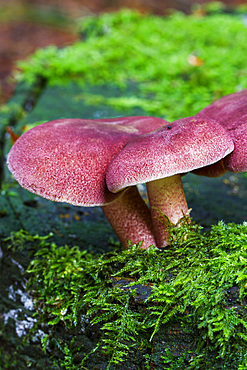
Plums and Custard or Red-haired agaric (Tricholomopsis rutilans) mushrooms. Gorbea Natural Park. Alava, Spain, Europe

Rescued black Spanish Greyhound starts a new life, after being abandoned by a hunter, in a state of advanced malnutrition

Rescued black Spanish Greyhound starts a new life, after being abandoned by a hunter, in a state of advanced malnutrition

Rescued black Spanish Greyhound starts a new life, after being abandoned by a hunter, in a state of advanced malnutrition

After being adopted and cared of, Gitano now lives a new happy life, far from the hunting circuits and other potentially dangerous situations,

Rescued black Spanish Greyhound starts a new life, after being abandoned by a hunter, in a state of advanced malnutrition
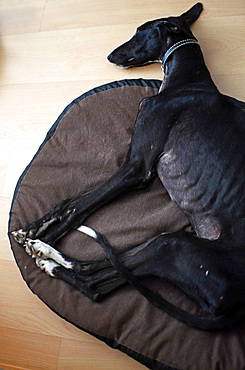
Rescued black Spanish Greyhound starts a new life, after being abandoned by a hunter, in a state of advanced malnutrition

After being adopted and cared of, Gitano now lives a new happy life, far from the hunting circuits and other potentially dangerous situations,
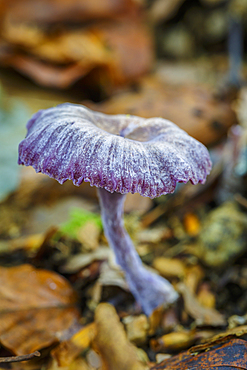
Amethyst deceiver (Laccaria amethystina). Saja-Besaya Natural Park. Cabuerniga valley. Cantabria, Spain.

foxglove, common foxglove, purple foxglove or lady's glove (Digitalis purpurea). Collados del Ason Natural Park. Cantabria, Spain, Europe

foxglove, common foxglove, purple foxglove or lady's glove (Digitalis purpurea). Collados del Ason Natural Park. Cantabria, Spain, Europe
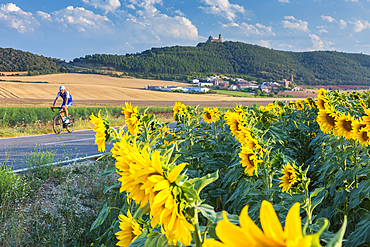
Cyclist and sunflowers crop, Sorlada village and San Gregorio monastry. Tierra Estella. Navarre, Spain, Europe
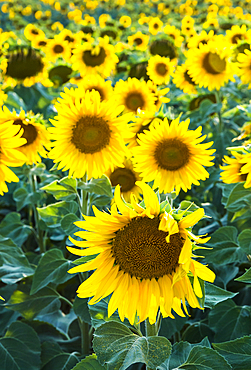
Sunflowers crop. Sorlada village and de San Gregorio monastry. Tierra Estella. Navarre, Spain, Europe
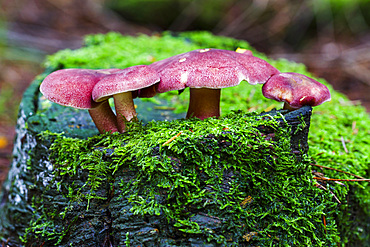
Plums and Custard or Red-haired agaric (Tricholomopsis rutilans) mushrooms. Gorbea Natural Park. Alava, Spain, Europe
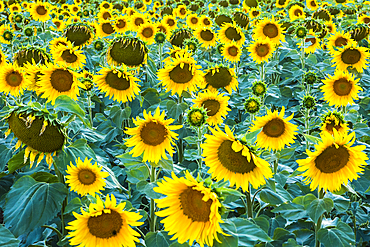
Sunflowers crop. Sorlada village and de San Gregorio monastry. Tierra Estella. Navarre, Spain, Europe

Daybrake in the marshes. Escalante. Marismas de Santoᅢᄆa, Victoria y Joyel Natural Park. Cantabria, Spain, Europe.

Red Cross lifeguards at the beach of Puerto Soller, Port de Soller, Mallorca, Majorca, Balearic Islands, Mediterranean Sea, Spain, Europe
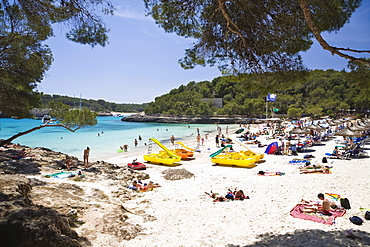
Beach life in the bay Calo d'en Garrot, Cala Mondrago, Mondrago nature reserve, Mallorca, Majorca, Balearic Islands, Mediterranean Sea, Spain, Europe
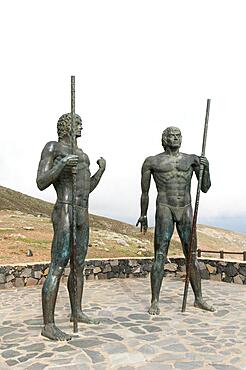
Guanches, ancient Canarians, larger-than-life bronze warrior statues guard the valley Vega de Rio de las Palmas, on the road to Betancuria, Fuerteventura, Canary Islands, Spain, Europe
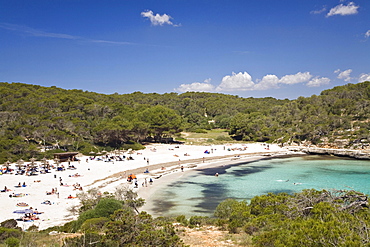
Beach life in the bay of s'Amarador, Cala Mondragó, natural park of Mondragó, Mallorca, Majorca, Balearic Islands, Mediterranean Sea, Spain, Europe
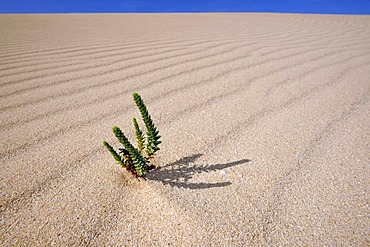
Symbolic image of life in the desert, Large Yellow Restharrow (Ononis natrix) in the Dunes of Corralejo national park, Fuerteventura, Canary Islands, Spain, Europe
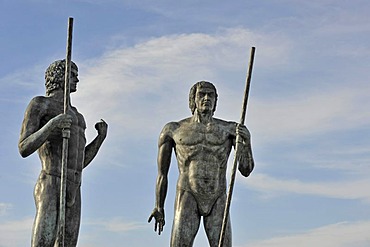
Larger-than-life-sized bronze warrior figures guarding the valley of Vega de Rio de las Palmas beside the road after Betancuria, Fuerteventura, Canary islands, Spain, Europe
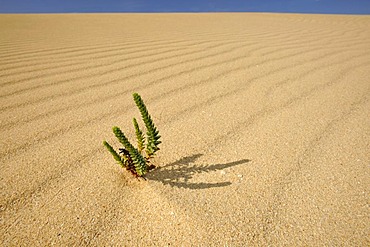
Symbolic image of life in the desert, Large Yellow Restharrow (Ononis natrix) in the Dunes of Corralejo national park, Fuerteventura, Canary Islands, Spain, Europe

